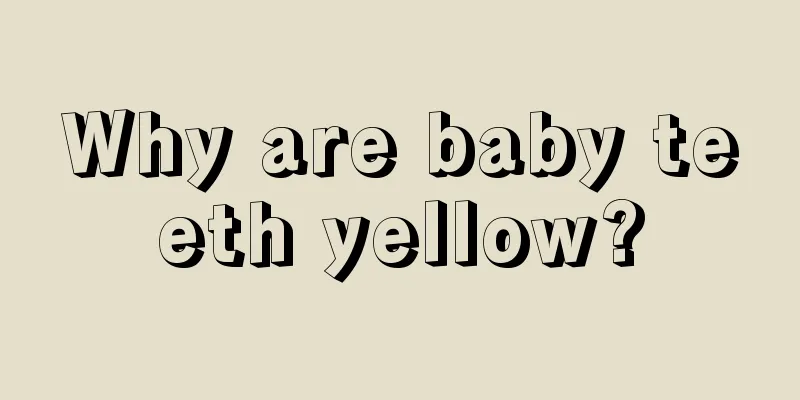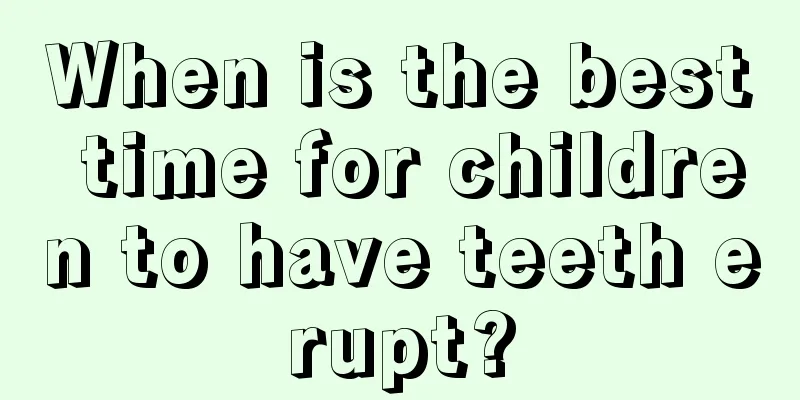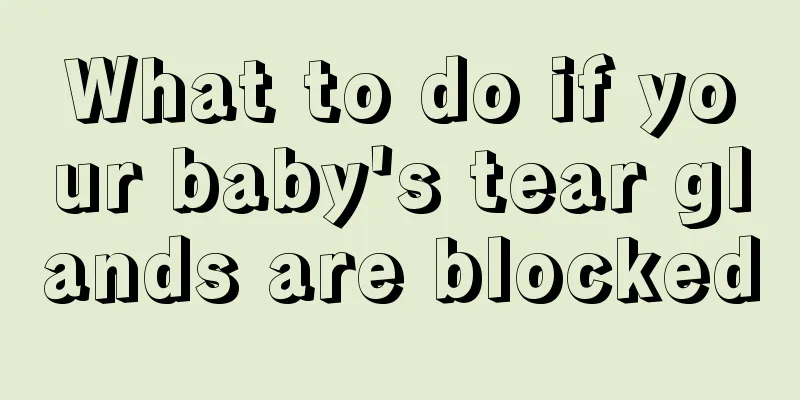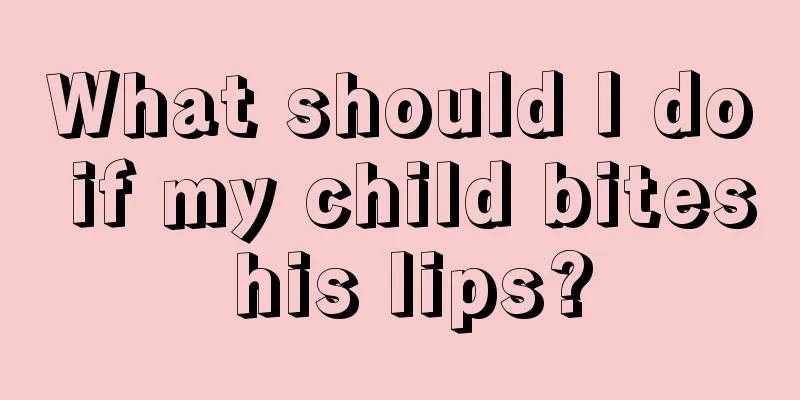What is the order in which deciduous teeth erupt?
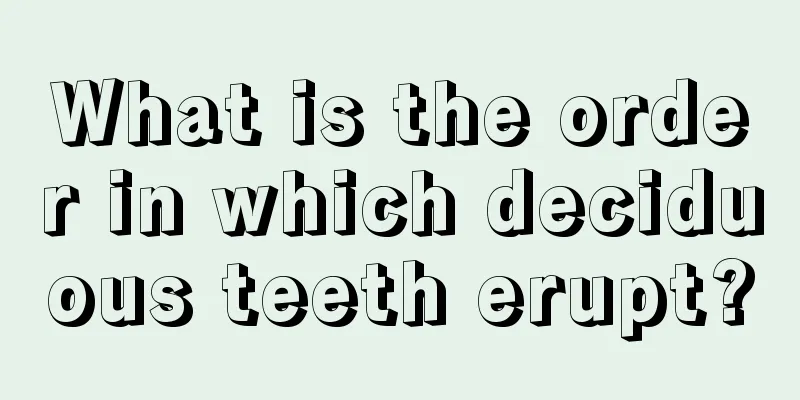
|
For children, the issue of teething is something that parents need to pay attention to, because during the teething process, children may experience itchy gums, and they will like to chew on things. Therefore, parents need to understand the order in which their children's teeth grow, and pay attention to various health care measures, so that their children can grow healthy and beautiful teeth. The following are some of the orders in which children's deciduous teeth erupt. Deciduous teeth are teeth that grow (erupt) during infancy. Generally, the first deciduous tooth erupts at around six months old, and all deciduous teeth erupt at around two and a half years old, for a total of 20 deciduous teeth. The eruption of deciduous teeth has a certain time and follows a certain order. The first to erupt are the lower central incisors, and there is a pair of them, followed by the upper central incisors, lateral incisors, molars, etc. You can also use the baby's age in months minus 4 to 6 as the number of teeth that should come out in that month. For example, a 10-month-old baby has 10-(4 to 6) = 6 to 4, so the number of teeth that should come out is 6 to 4. Due to the individual differences of each child, including the nutritional status of the infant and the nutritional status of the mother, the eruption time of the baby's deciduous teeth will be affected. Therefore, some are early and some are late. Generally, the difference is about half a year. That is, the latest time for the eruption of the first tooth in a child should not be later than 1 year old. If it is later than 1 year old, it is abnormal and should be checked in the hospital. I hope that through the above introduction, parents will have a scientific understanding and knowledge about their children's deciduous teeth. A child's teeth growth is actually related to his age, and teeth growth has a certain order, so parents can understand this situation. If they find that their children are beyond the age of teeth growth and have no tendency to grow hair, they should go to the hospital for a check-up. |
<<: What are the symptoms of dysphagia in babies with cerebral palsy?
>>: How to solve the problem of red, swollen and bleeding gums in babies
Recommend
What causes goose bumps on baby's body?
Since the baby was born, his every move has alway...
What to do if your child has a poor memory
Many parents find that their children’s memory is...
Little girl's armpits have bad odor
For little girls, if there is an odor under their...
Introduce the reasons why babies can't sleep well
Here are some reasons why babies may not sleep we...
What to do if your child loves to sweat
Nowadays, many children like to sweat a lot. In a...
How to change diapers for newborns
Nowadays, most parents wear diapers for their bab...
Baby still hurts after dislocation reduction
Young children are naughty and active. They alway...
How many months is it appropriate to hold a baby in the bladder
We all know that babies cannot control their eati...
What to do if your child has violent tendencies
When children are young, they do not have the abi...
How to care for small blisters on baby's hands
At that time, since every baby has different immu...
Is it a problem if my baby has a fever of 37 degrees?
Nowadays, every child is the apple of the eye of ...
How to treat adenoid hypertrophy in children?
In addition to adults, adenoids hypertrophy can a...
How to prevent spring colds in children
People are most susceptible to catching colds whe...
Symptoms of facial eczema in children
Most children nowadays will encounter facial ecze...
What are some tips for treating baby’s runny nose?
When the weather changes, children are prone to c...


